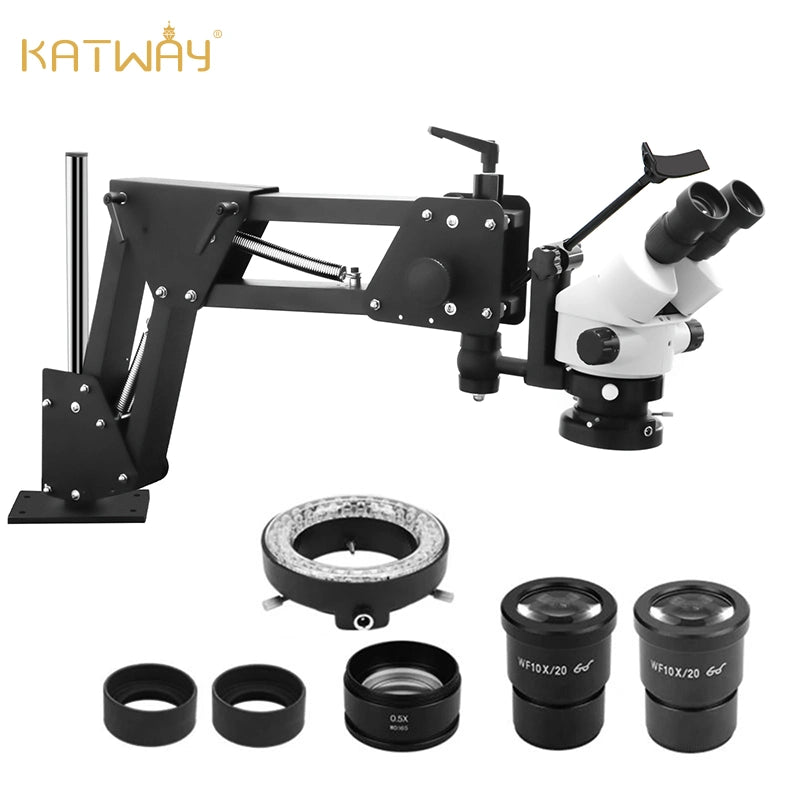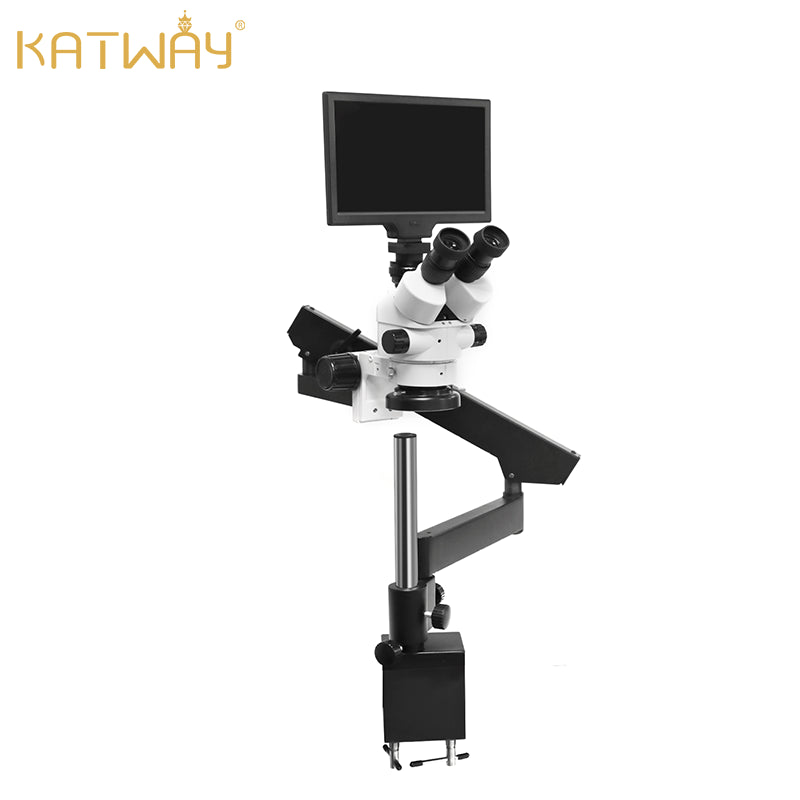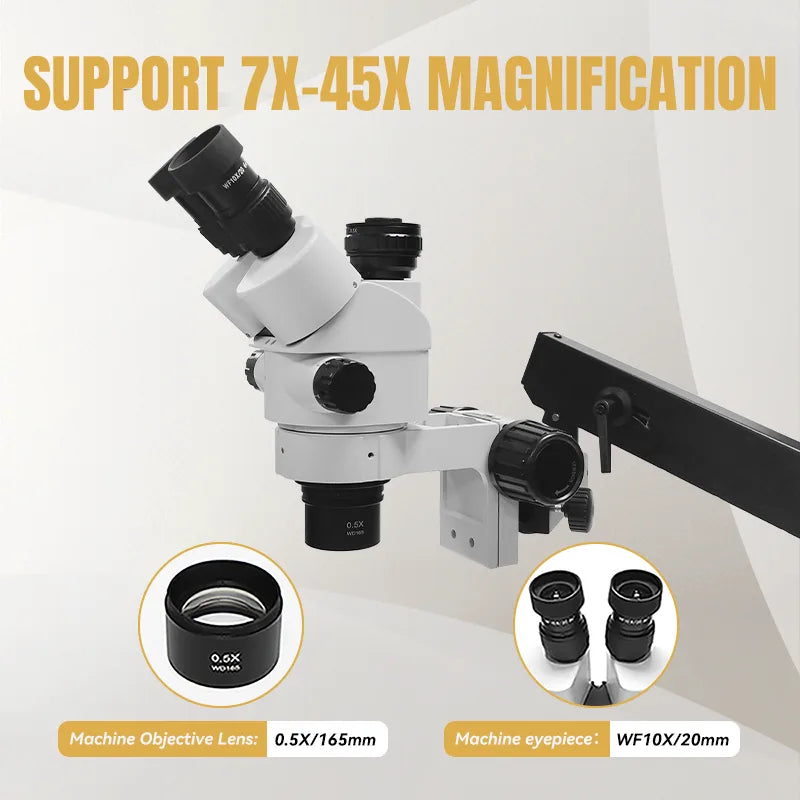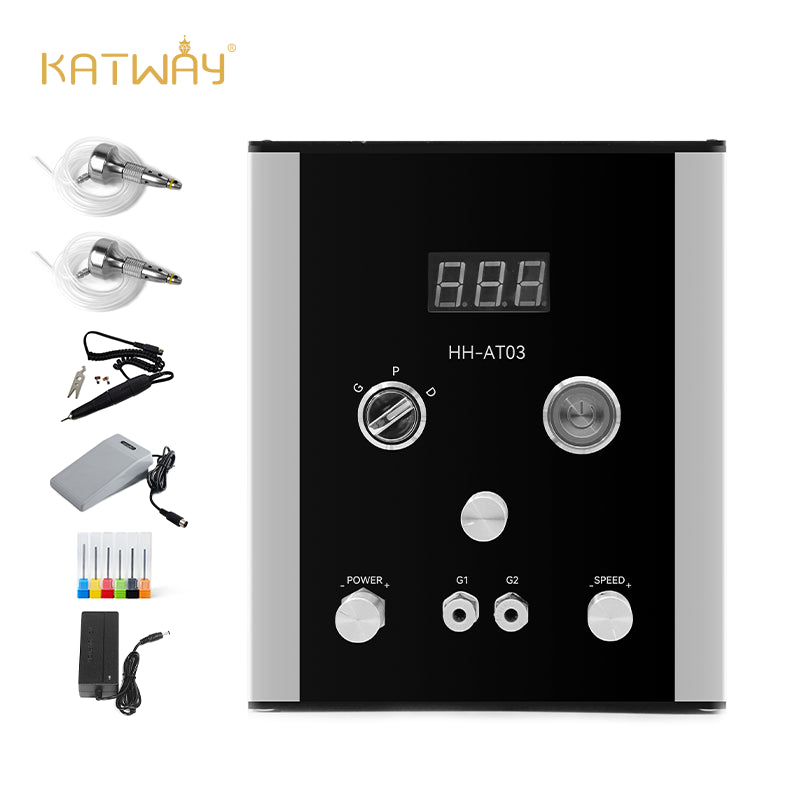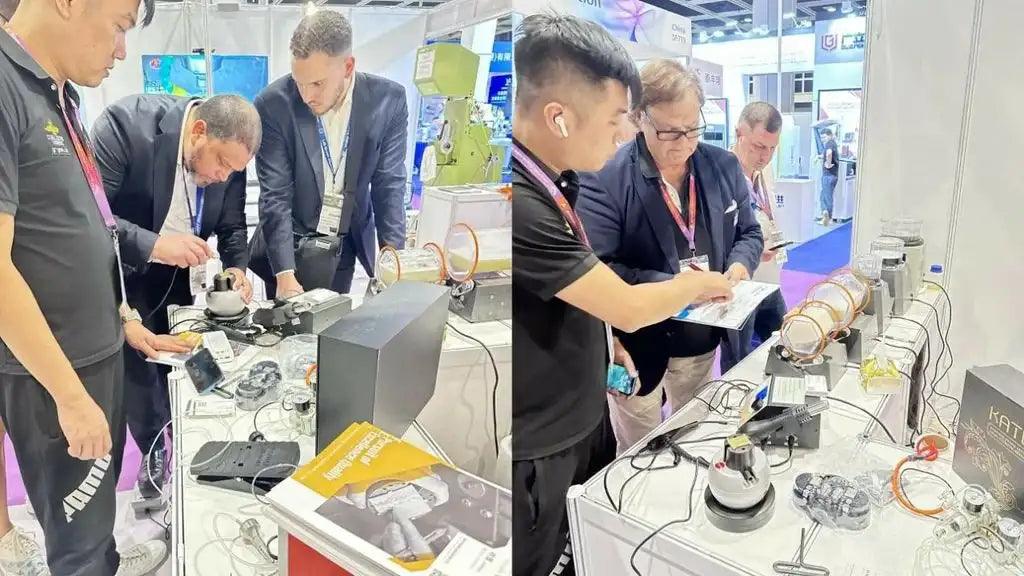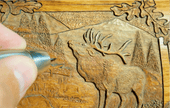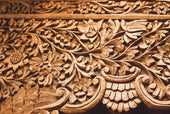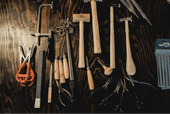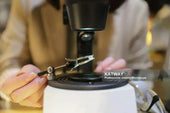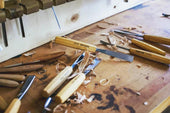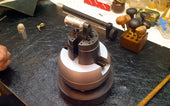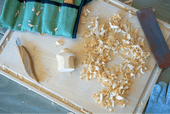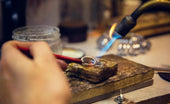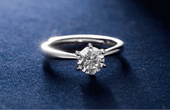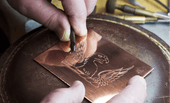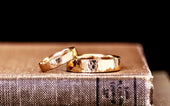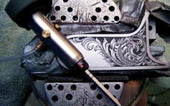Two types of casting machines: the difference between vacuum casting and centrifugal casting
Since the development of the jewelry industry, jewelry casting technology has been continuously developing. Today’s casting machine technology has been very perfect, providing many sculptors and jewelry craftsmen with a variety of options to turn their creative ideas into Manifest reality. Currently, the two most popular and mainstream casting technologies in the jewelry manufacturing industry are vacuum casting and centrifugal casting. The results of these two casting techniques are basically the same. They both use molds to complete the production of jewelry. However, the production process and the design and use of equipment are different. Therefore, in the following article, I will introduce the differences between the two casting technologies in depth to help you understand them better.
The casting process in jewelry production refers to designing a mold to hold molten metal. After the metal solidifies into the shape of the mold, the mold is broken and the finished metal jewelry is taken out. The material of the casting mold is usually made of investment materials. become.
Vacuum casting machine
Process level: The essence of vacuum casting is the casting process completed in a vacuum environment. First, a wax mold is used as the mold carrier for making jewelry designs, and then it is connected to the channel for pouring molten metal, and then the entire wax mold is covered with investment material. After the machine is started, air is continuously expelled from the investment mold until it becomes a complete vacuum environment. Under vacuum pressure, the molten metal is introduced into the completed mold to ensure that no bubbles are generated in the final component.

Equipment composition: The vacuum casting machine mainly consists of three parts, namely vacuum chamber, furnace and casting table. The vacuum chamber is used to remove air from the investment mold, and the main function of the furnace is to melt solid metal into a molten state. The casting table provides a stable surface form for the mold and metal gates.
Advantages of vacuum casting machine:
- Can be used to produce castings with higher quality and no bubbles.
- Whether it's a simple or intricate jewelry design, it gets the job done.
- The machine and mold can be precisely adjusted and controlled during the casting process.
- After the entire casting process is finally completed, the problem of bubbles and voids can be prevented to the greatest extent.
Centrifugal casting machine
Process level: The main difference between centrifugal casting machines and vacuum casting machines is that high-speed rotation is used to achieve uniform distribution of molten metal without the need for a vacuum environment. The jewelry design mold made of the same wax mold as the vacuum casting machine is also fixed on the metal pouring port, and then the mold is put into the casting machine and it can work normally. After starting to rotate, the molten metal will be evenly distributed due to centrifugal force. in the entire finished mold.
Equipment composition: The centrifugal casting machine also consists of three parts, but unlike the vacuum casting machine, it mainly consists of a centrifugal casting machine, a furnace and a crucible for holding molten metal.
Advantages of centrifugal casting machine:
- Suitable for relatively simple casting and can achieve mass production
- Since there is no need for vacuuming, the casting time will be shorter
- The principle of casting is simpler than that of vacuum casting machines, so it requires less equipment and does not require too many settings.
 The difference between the two
The difference between the two
- Design differences:
-
Vacuum casting machine: Both complex and simple designs can be cast, which can minimize the residual air bubbles and enable finer and more precise control.
- Centrifugal casting machine: cannot complete the casting of complex designs, but has a faster casting process.
- Equipment debugging
- Vacuum casting machine: A vacuum chamber is required, so the operation will be more complicated and slow.
- Centrifugal casting machine: Using the centrifugal casting method, the machine setup is simple.
- Speed
- Vacuum casting machine: The process of vacuuming is relatively slow, so the speed is slower and there is no advantage
- Centrifugal casting machine: no need for vacuuming, faster, and has great advantages in mass production scenarios
- Product quality and pore residual risk
- Vacuum casting machine: The risk of pores remaining in a vacuum environment is very low, so the castings produced are of higher quality and finer
- Centrifugal casting machine: There is a certain risk of residual porosity, especially if used for complex design castings, the risk is higher.
- Cost
- Vacuum casting machine: more equipment is required and the cost is higher.
- Centrifugal Casting Machine: Lower cost for small or relatively simple projects..
Summarize
When choosing between the two casting machines, you need to consider your own needs, such as the production goals that need to be achieved in jewelry design. Vacuum casting machines have great advantages for complex and high-quality designs, and are a relatively ideal choice. But if you don’t have high quality requirements and need more efficient production work, then centrifugal casting may be more suitable for you.
Both technologies have corresponding application scenarios, and experienced jewelry makers will choose the casting machine that is most suitable for them. After learning about these two different casting machines, I believe you already have your own plan on which casting machine to choose to create exquisite jewelry.
View more related articles
Carving History and Culture: Art That Spans the Ages
Choosing the Right Material for Your Carving Project



